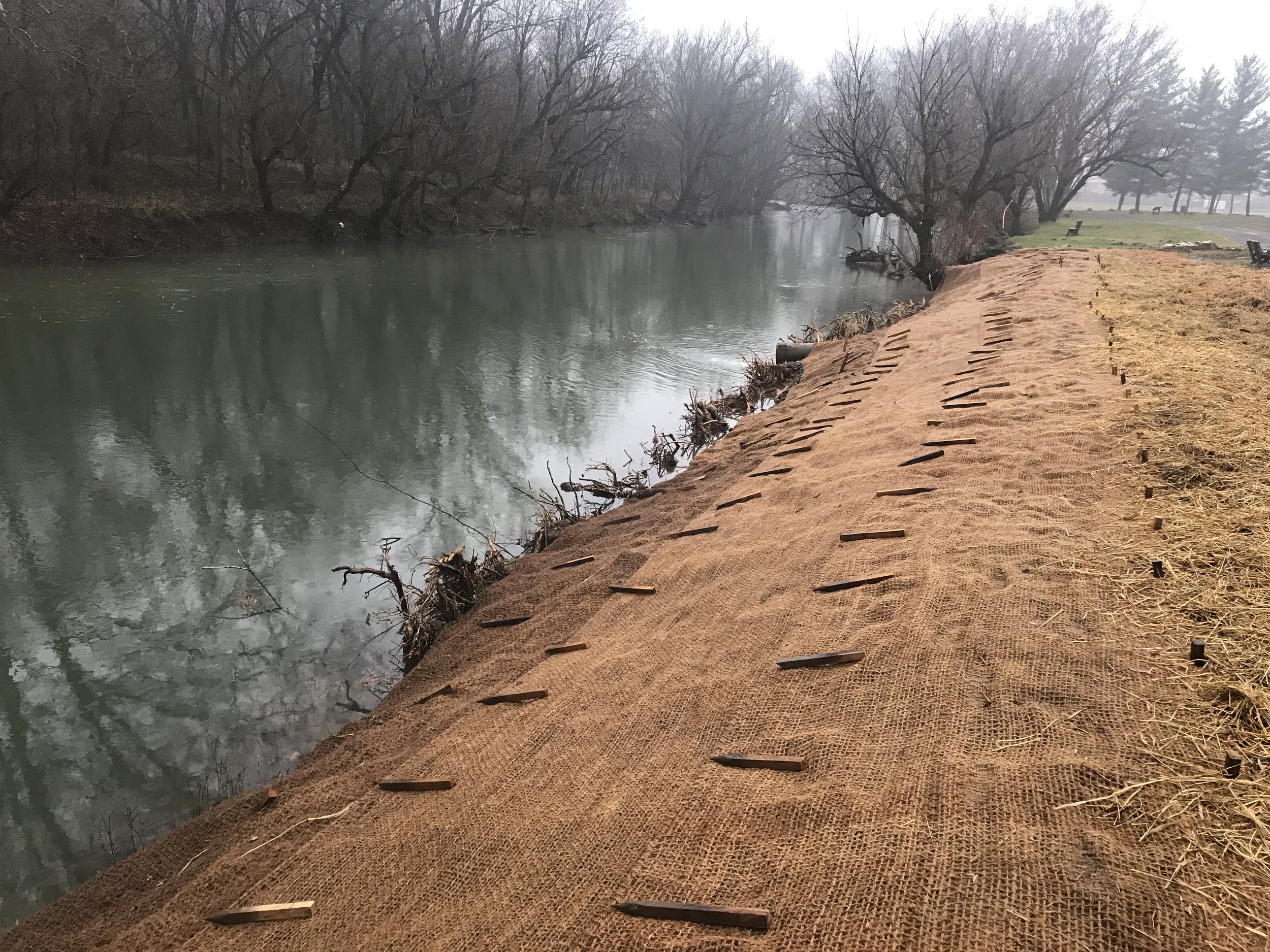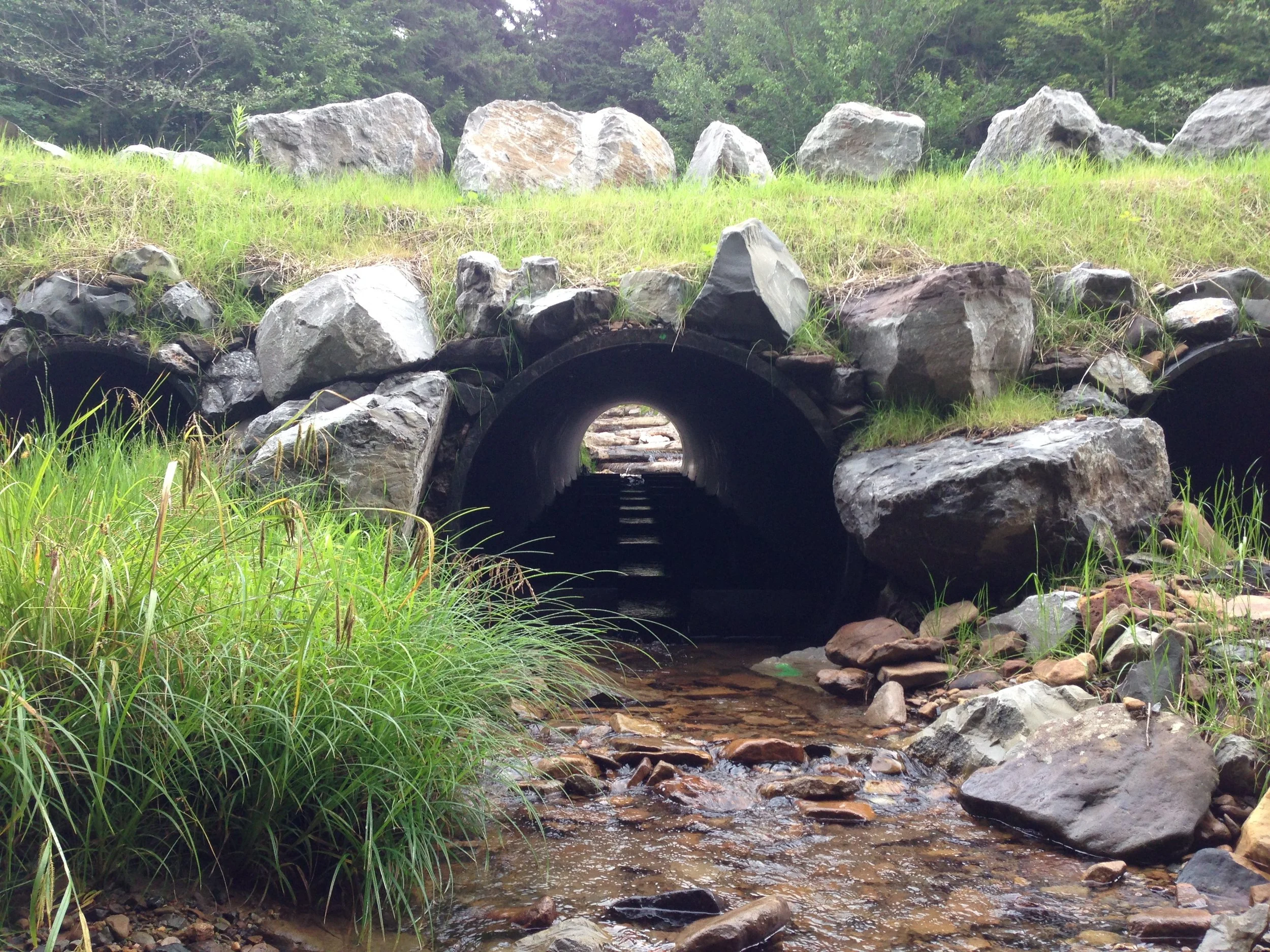
Habitat Restoration





Streams and wetlands are critical for water supply, wildlife habitat, recreation, our scenic landscapes, and quality of life. Streams and wetlands are dynamic, complex systems and many have been disrupted by dams, roads, mining, agriculture, timber harvest, and urbanization.
Erosion along streams is a serious issue —it threatens productive farmland, roads, and homes. Eroded material also fills stream beds and negatively impacts habitat of fish and mussels.

Stream Restoration
Stream restoration is the re-creation of the natural functions and features.
Restoration covers a broad range of measures including removing or minimizing disturbances, installing structures and planting vegetation to protect streambanks and provide habitat, and reshaping unstable stream reaches into “naturally designed” channels and associated floodplains.
CVI also restores wetlands, often associated with stream corridors, which provide critical habitat for animals while filtering pollutants and capturing rain and snowmelt. Restoration of wetlands often involves removing structures designed to drain wetlands and reintroducing native plants.
Improving Habitat
These actions work together to prevent the loss of property from erosion and improve habitat for fish, mussels, birds and other species that live in or near streams and wetlands.
CVI helped pioneer natural restoration techniques in the region, and our staff have unparalleled expertise in planning, designing, constructing, and evaluating the success of restoration projects.
We are pleased to assist local communities, clients, and agency partners to develop both grant-funded and fee-based projects.

Our Capabilities
Assess stream conditions and restoration options
Perform wetland delineation
Draft conceptual designs and budgets
Create watershed and mitigation plans
Develop final designs and construction specifications
Provide regulatory agency coordination and permit applications
manage construction contracting and planting
Provide construction stakeout and as-built drawings
Conduct long-term monitoring and reporting









